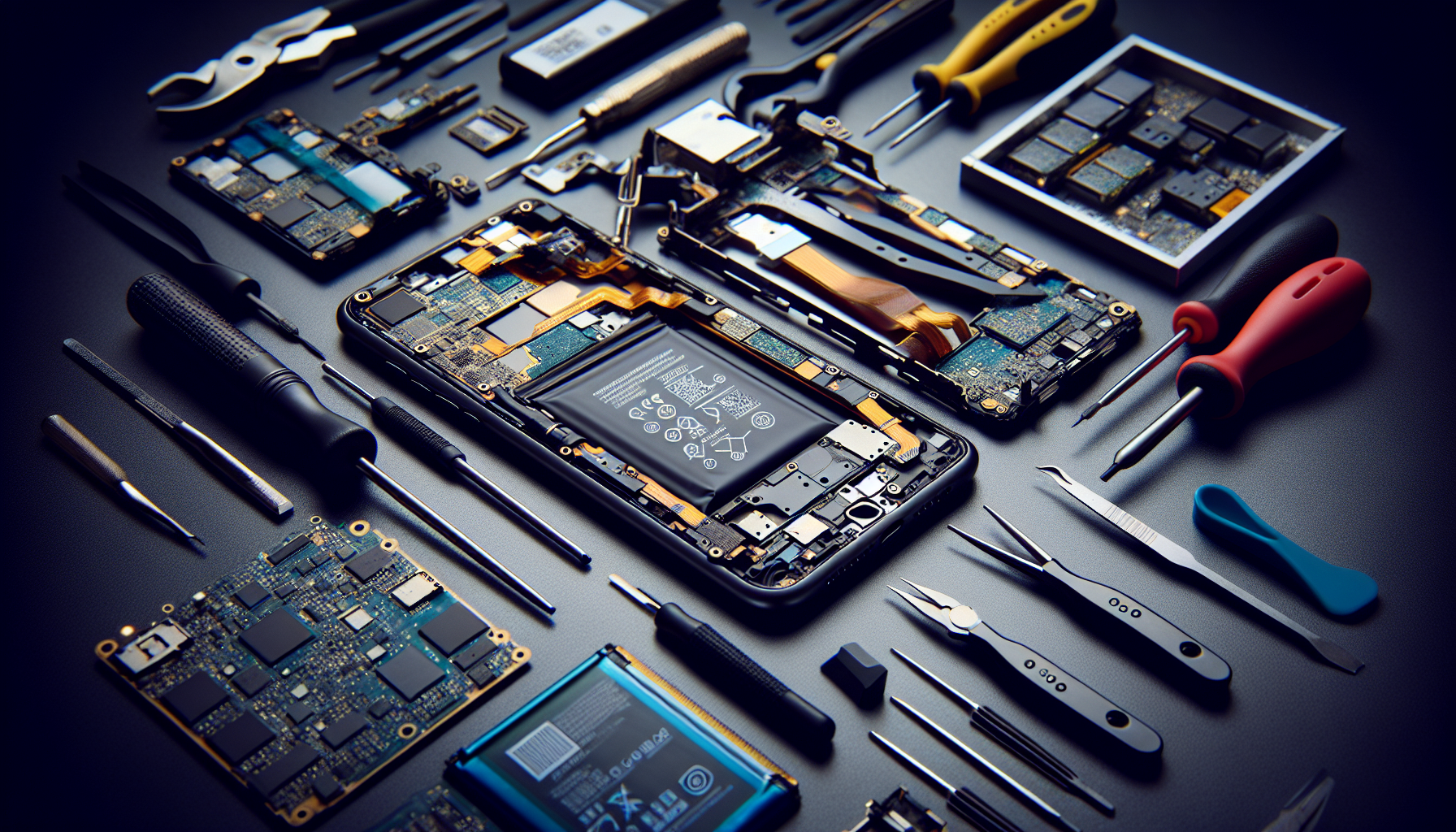
iPhone Air Teardown: An In-Depth Look at Apple’s Cutting-Edge Design
Apple’s newest model, the iPhone Air, has garnered interest from tech aficionados and industry specialists. With a novel design perspective, the iPhone Air exemplifies Apple’s dedication to innovation and user satisfaction. This article delves into the essential insights from Lonelybrand’s teardown of the iPhone Air, underscoring its primarily battery-focused layout and the consequences for users.
A New Chapter in iPhone Design
The iPhone Air signifies a shift from Apple’s conventional design, placing a strong emphasis on battery positioning and resilience. The teardown indicates that a significant portion of the phone’s internal area is allocated to a large battery, while essential elements such as the logic board are located at the top of the device. This thoughtful arrangement not only boosts battery performance but also mitigates previous concerns related to device bending.
Battery-Driven Design
The iPhone Air’s layout is dominated by its battery, which takes up roughly two-thirds of the device. This strategy not only optimizes battery capacity but also bolsters the phone’s structural stability. The battery utilized in the iPhone Air is the same as that in Apple’s iPhone Air MagSafe battery pack, allowing users to interchange them effortlessly.
Tackling Bendgate Issues
Apple’s choice to reposition the logic board to the top of the iPhone Air directly addresses the Bendgate scandal that affected former models. By shifting the logic board from the center of the device—where pressure-induced bending was more probable—Apple has greatly lowered the risk of harm. The robust battery placement additionally fortifies the device, making it more resistant to physical strain.
User Benefits
For users, the design of the iPhone Air translates into prolonged battery life and increased resilience. The option to exchange batteries with the MagSafe pack offers extra convenience for those on the move. Furthermore, the newly positioned logic board guarantees that the phone can better endure daily wear and tear, providing reassurance to users worried about device longevity.
Conclusion
The iPhone Air signifies a remarkable transformation in Apple’s design approach, emphasizing battery life and durability. By resolving prior issues and implementing inventive solutions, Apple has again established a new benchmark for smartphone design. As users engage with the capabilities of the iPhone Air, they can anticipate a device that not only satisfies their demands but surpasses their expectations.
Q&A Session
Q1: What is the primary design modification in the iPhone Air relative to earlier models?
A1: The iPhone Air exhibits a predominantly battery-centric design, with the battery accounting for about two-thirds of the device and the logic board located at the top.
Q2: How does the iPhone Air mitigate the Bendgate problem?
A2: By moving the logic board to the top of the device and strengthening the structure with a solid battery, the iPhone Air decreases the likelihood of bending and damage.
Q3: Is the iPhone Air’s battery compatible with other Apple products?
A3: Yes, the battery in the iPhone Air is identical to that in the iPhone Air MagSafe battery pack, making it easy to swap between both.
Q4: What advantages do users receive from the iPhone Air’s layout?
A4: Users enjoy longer battery life, improved durability, and the convenience of interchangeable batteries with the MagSafe pack.
Q5: How does the new design affect the iPhone Air’s functionality?
A5: The design enhances the phone’s structural integrity and battery life, ensuring dependable performance and longevity.